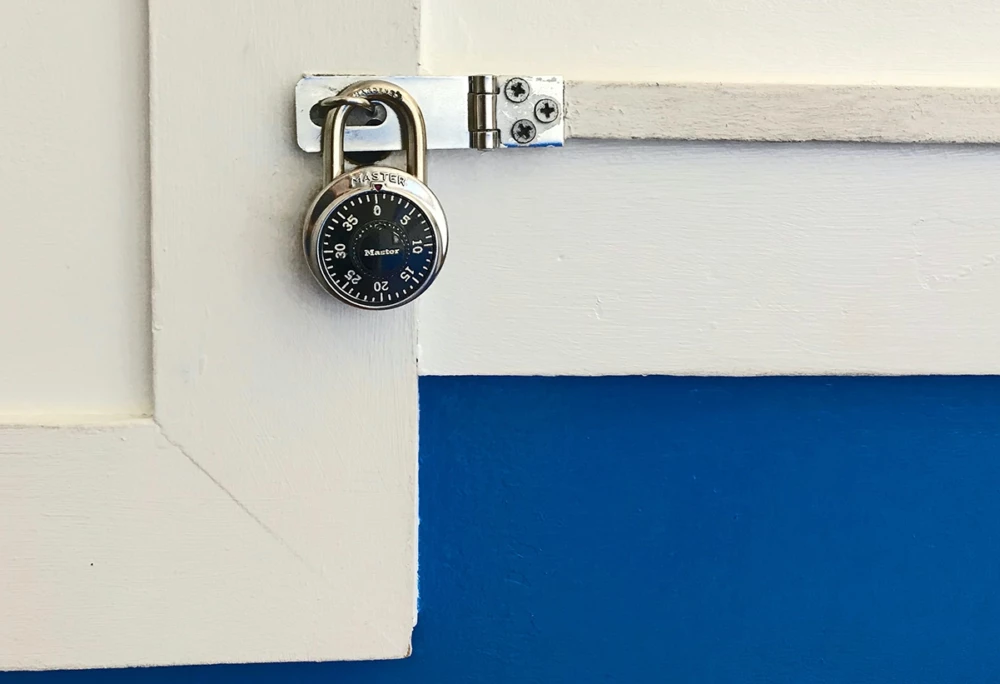Ways to Ensure Your End-to-End Supply Chain is Secure

As general consumers and customers, we are all fully aware of how important the global supply chain is to both the economy and the overall function of society. However, the global crisis of 2020 put supply chain management in an entirely new focus— one that included supply chain risk as a central pillar.
Understanding supply chain management
At a foundational level, supply chain management encompasses everything from the production and manufacturing of goods and services to the logistics of moving and delivering these products to consumers. Regardless of industry, modern supply chains rely heavily on technology to operate efficiently, run smoothly, and meet expectations. As supply chains become more complex, the technological connections between ‘links’ in the chain—aka vendors or partners—can increase significantly, leading to more risk. To fully ensure your entire supply chain is secure, organizations should implement dedicated supply chain risk management strategies across their vendor business.
How to boost your supply chain risk management strategies
Before we dive into developing a supply chain risk management strategy for your organization, there are a few essential things to consider:
- Most InfoSec teams are highly focused on mitigating risk for immediate vendor partners. But what about those partners other supply chain vendors? The most influential supply chain risk management strategies don’t just focus on the immediate ‘links’ in the supply chain but the entire web of vendors altogether.
- Throughout 2020, most of the world’s focus was turned firmly away from InfoSec risk management, which left data infrastructures more vulnerable than ever. The increase of data hacks, breaches, and threats put risk management under intense scrutiny from the corporate leader. Now, as supply chains ramp back up, data risk management is more critical than ever before.
Whether your team is expanding your current supply chain and looking for new ways to protect your information or if you’re looking to get back on sound footing this year with modern supply chain risk management strategies, here are a few tips to ensure your supply chain is secure:
- Request vendor assessments for every single partner in your supply chain – not just those with who you work daily. In the world of cybersecurity, all it takes is one hole in the process for a malicious attacker to breakthrough. By assessing every single vendor in your supply chain, you can feel confident you’re working with security-minded organizations.
- Measure inherent and residual risk. Across your supply chain vendors, measuring inherent and residual risk can help identify themes or trends across your vendors. Then, you can use your risk controls and safeguards to eliminate threats before they can occur.
- Have a contingency plan in place. Mistakes happen, and in a post-COVID world, supply chain risk is genuine. Having a contingency plan in place allows your team to jump into action in the case of a data breach.
Optimize risk management with Whistic
No matter how complex your supply chain is, vendor risk management comes down to the tools and resources you have helping optimize your processes. With Whistic, your team can automate your supply chain risk management processes where necessary, leaving more room to focus on the strategic items that need immediate attention.
Whistic also allows InfoSec teams to securely store and organize vendor risk assessments from various vendors and supply chain partners, allowing your team to identify potential gaps in supply chain risk management immediately. Schedule some time with a Whistic representative to see how you can start today.